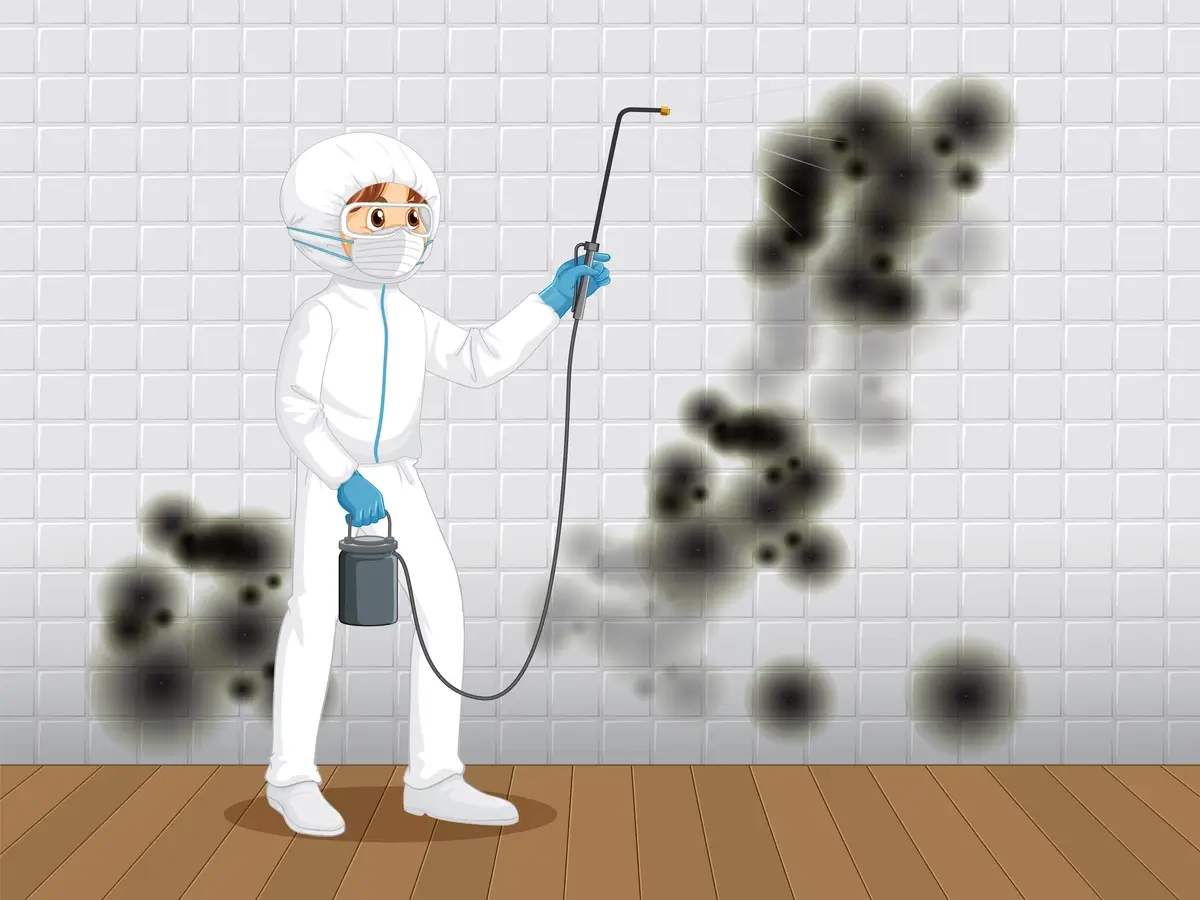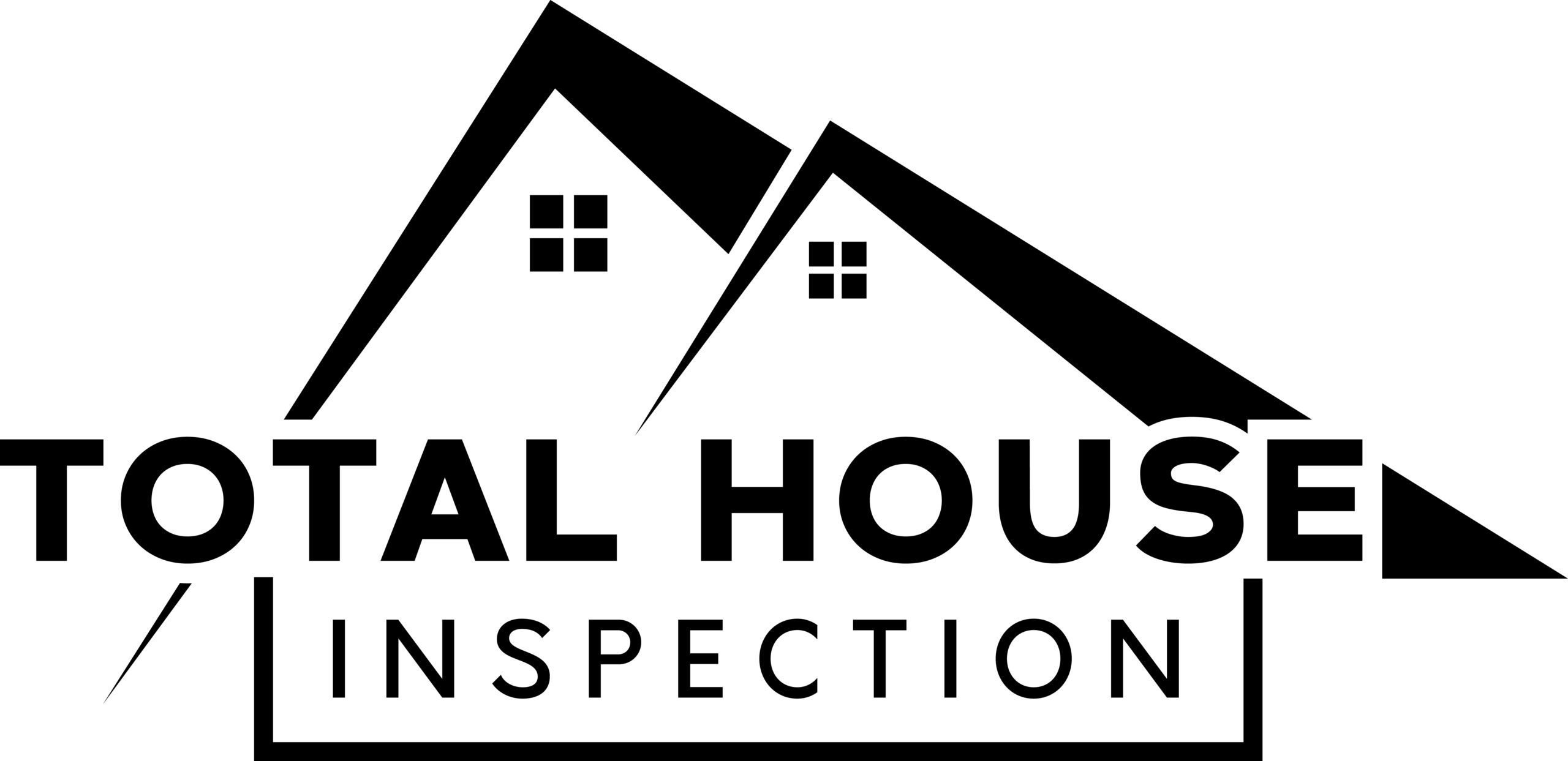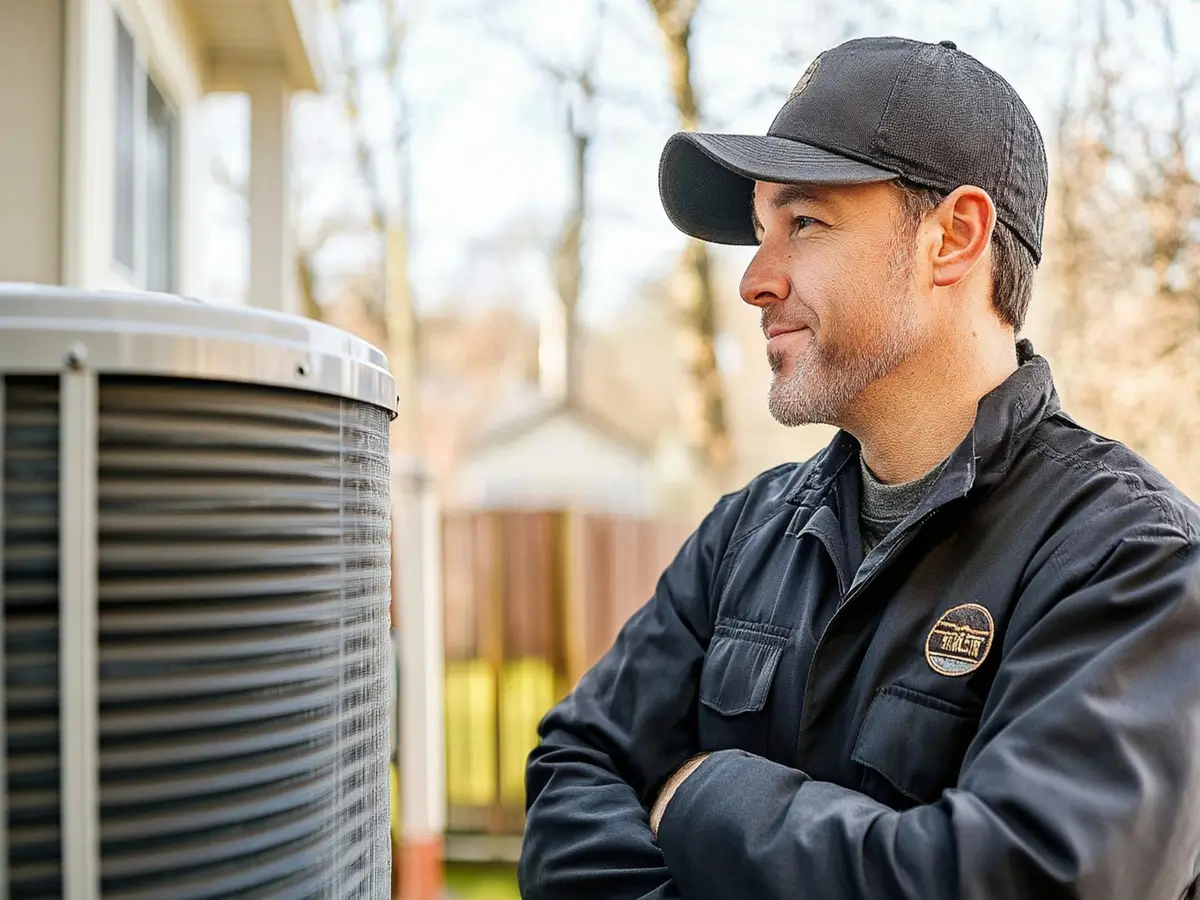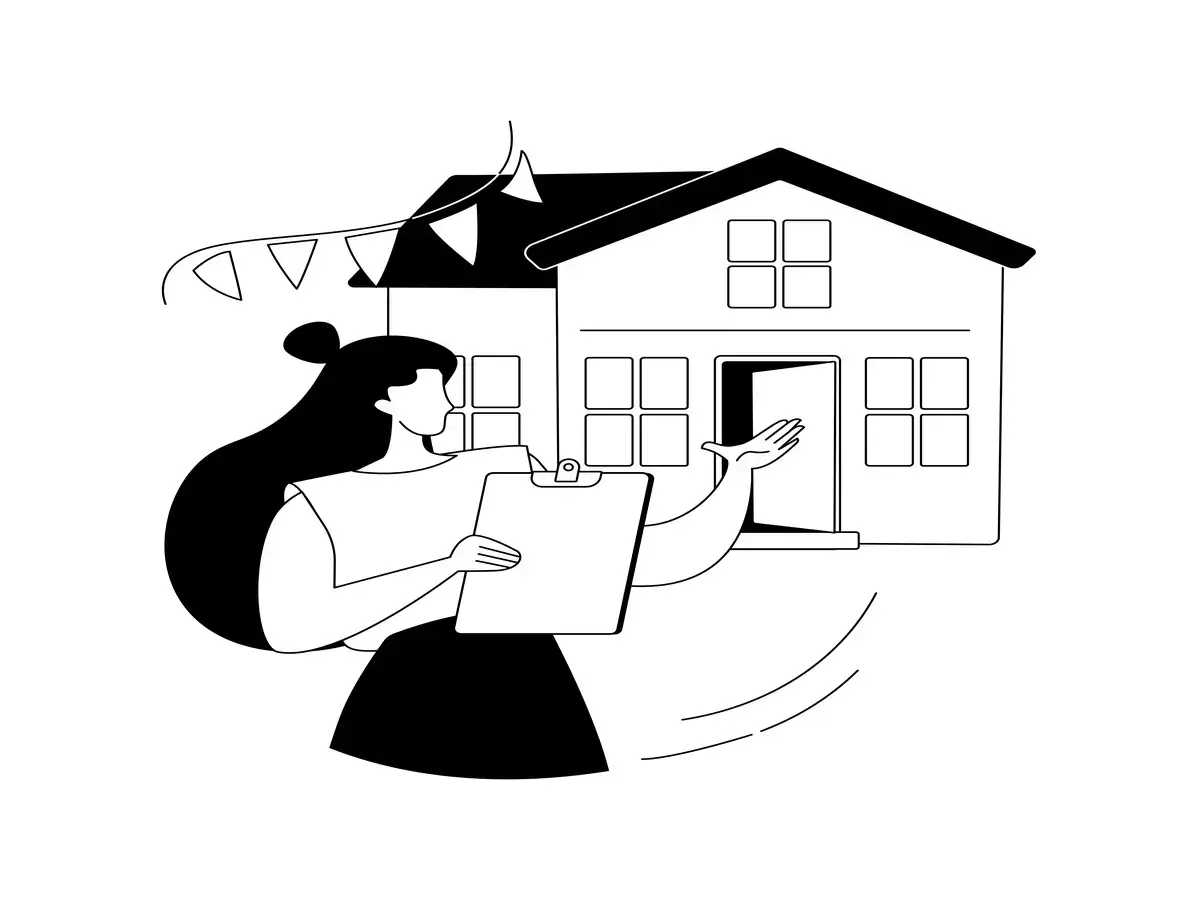The heating and cooling system is the main factor in…

The Importance of Testing for Mold Growth in Wall Cavities
Did you know that around 47% of homes in the USA have some form of mold? Here, the weather conditions play a critical role. Humidity and poor ventilation are the main factors that create a suitable environment for mold growth.
During the home-buying process, when so much is happening, you might miss mold testing. But this is a reminder to add it to your to-do list before finalizing your purchase. Getting your home tested for mold can help you prevent yourself from facing major problems in the future—not just problems but serious health issues like shortness of breath, asthma, or, worse, lung cancer.
A professional home inspection company like Total House Inspection could help in such a case. These companies offer mold testing services that ensure your family lives in a healthier environment.
Mold can appear in various shapes and colors, such as green and black. Due to their dark color, some mold signs can be seen with the naked eye, but how can you check for mold in wall cavities?
In this blog, we will discuss the importance of testing mold, especially in wall cavities, which provide an ideal condition for mold.
Testing for Mold in Wall Cavities
Testing for mold is a crucial part of the home-buying process. During the process, a professional mold technician performs different tests to ensure your home is mold-free. This helps identify the issue even when there are no visible signs.
Let’s have a look at different types of mold tests:
Air Sampling
This is one of the best ways to ensure your home’s air quality is free of mold spores. During the process, the technician takes air samples from different positions in your home. Later, the samples are sent to the laboratory to determine the exact type of mold that is concentrated in the air.
Surface Sampling
When conducting surface sampling, technicians use a swab or tape-lifting method to detect the presence of mold. This test makes it easier for the experts to determine the mold type and the mold’s concentration on the surface.
Infrared Thermography
This is another method for indicating the temperature difference behind the walls. Although this test does not provide details about mold, it indicates the moisture that helps mold thrive.
The Importance of Testing for Mold Growth in Wall Cavities
If you skip checking for mold growth in wall cavities during the home-buying process, it can lead to major and costly problems. Therefore, hiring a certified mold technician to thoroughly examine your home for mold growth is important. These professionals check every nook and cranny of your house, especially the crawl spaces, behind the drywall, and the cavities of walls.
Let’s have a look at major issues that might result if you skip mold testing:
Health Problems
Mold spores are very light and float with the air. When inhaled, mold causes various health issues, such as:
- Coughing
- Shortness of breath
- Respiratory problems
If the situation gets worse or you keep living in a moldy environment, then it can also lead to lung cancer.
Structural Damage
Mold not only disturbs your health but also damages your home’s infrastructure. As mold feeds on organic material, it weakens walls, insulation, and wooden components. With the passage of time, it might be the reason for sagging floors, warped walls, and other major structural issues that will be very costly to repair.
Decrease in the Property’s Value
The presence of mold in your home can decrease its value. People avoid investing in such properties that can adversely affect their health. However, not only this, but they also consider a property with a mold issue would not be structurally sound (rightly so).
Remember, your property’s value depends upon its well-being. So, make sure it’s mold-free to have potential buyers attracted to your home in a very short time.
What are the Signs of Mold in the Home?
Different types of signs highlight that mold might be lurking within your home. Some signs can be seen with the naked eye due to their dark color, but at times, it’s not as easy to identify the signs of mold. This is why it is important to schedule professional mold testing to determine the presence of mold in your house.
Visible Signs
Mold often hides in different parts of your home, especially bathrooms, attics, and crawl places. The maximum humidity and poor ventilation make these places mold’s favorite. At times, you might witness dark spots that may be black or green in these areas, which are a clear sign of mold. Some other visible signs of mold are discoloration on the walls and bubbling in the wall paint.
Musty Odors
The musty odor in the home is also a sign of mold. Mold produces volatile organic compounds when it grows, resulting in an unpleasant smell that you might smell from any specific part of your home (Nah, that’s not rotten eggs).
This musty smell is a sign of mold. If you’ve been experiencing it lately, consult a mold technician and ask them to investigate further to prevent issues.
Health Effects
Mold can cause coughing, sneezing, and shortness of breath, which are common health issues. People who are allergic to mold might also experience severe skin problems such as rashes, itchy eyes, headaches, or dizziness.
Final Words
Getting a mold inspection before buying a home is important to ensuring a healthy life in your new home. Skipping this valuable inspection may be the reason for major health problems and weakened infrastructure. Therefore, we strongly recommend getting a home inspection service from the certified home inspection company Total House Inspection. They identify the signs that provide a suitable environment for mold growth and perform some valuable tests. So, don’t miss out on getting mold inspection service before investing your hard-earned money.



